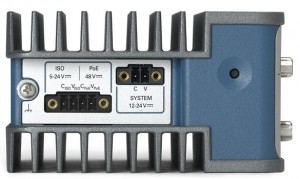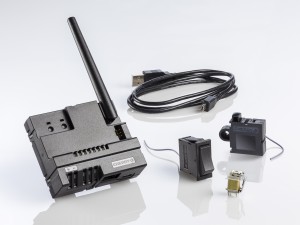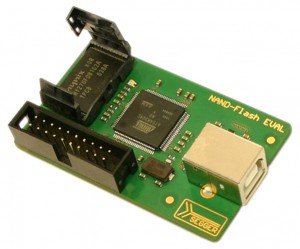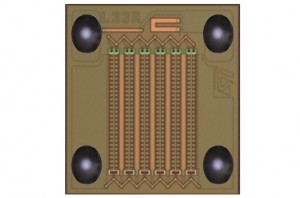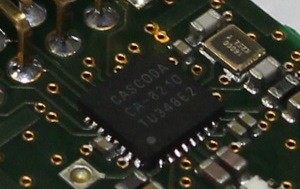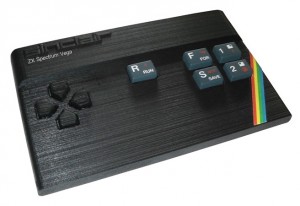
Sinclair ZX Spectrum
A UK company has started production of a ‘new’ Sinclair ZX Spectrum hand-held games console, more than 30 years after the original ZX Spectrum was inspiring the young of Britain.
The Sinclair ZX Spectrum Vega is compatible with all ZX Spectrum software. It plugs into the composite video and audio connectors of a domestic television set, just like the original.
Retro Computers is the company behind this particular nostalgia kick.
One difference from the original ZX Spectrum, with the Vega power is drawn from a television USB socket or USB power adaptor, and so it requires no additional devices or batteries.
The games console is being manufactured in the UK by SMS Electronics.
Retro Computers writes:
“Having frozen the design we were then able to give the Vega’s manufacturer, SMS Electronics Ltd, the go-ahead to order to components for the first production run of 1,000 Vegas, and for the second run of 3,000 Vegas.”
It hopes to dispatch the first 1,000 Vegas mid-July.
It is the work of the company’s technical director, Chris Smith.
The design is based on an ARM microcontroller with 16Mbit DDR SDRAM, that wasn’t in the original.
Nor was the data storage capability with 64Mbit SPI flash memory.
Smith writes:
“The ARM SOC is the core of the design, and performs all of the work necessary to run ZX Spectrum software. The SDRAM stores the video, audio and game code being executed. The Flash memory stores the system and games software library.”
Smith has also come up with software that “tricks the ARM processor into behaving like a ZX Spectrum, including the replication of the ZX Spectrum’s unusual and characteristic display, with its non-standard television frame size”.
The console’s stereo audio and composite video signals are fed to the television through a cable terminated by RCA phono plugs. It is capable of producing PAL and NTSC signals, making it compatible with televisions across geographic locations.
It will support games written for 16, 48 and 128K models of the ZX Spectrum, and includes new features such as the ULAplus extended colour palettes, recently developed by members of the Spectrum community.
Standard micro-SDCards are used to load user software into the Vega, and are easily accessed through the Vega’s user interface. TAP, Z80 and SZX formats are accepted.
Richard Wilson
 If you have an iPhone 6 and you want to charge it without fiddling with cables, then a US-based start-up may have the answer.
If you have an iPhone 6 and you want to charge it without fiddling with cables, then a US-based start-up may have the answer.
